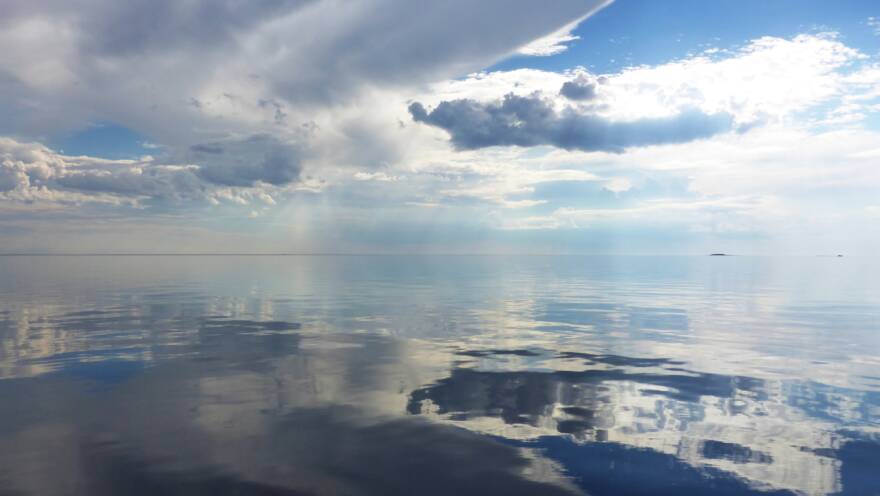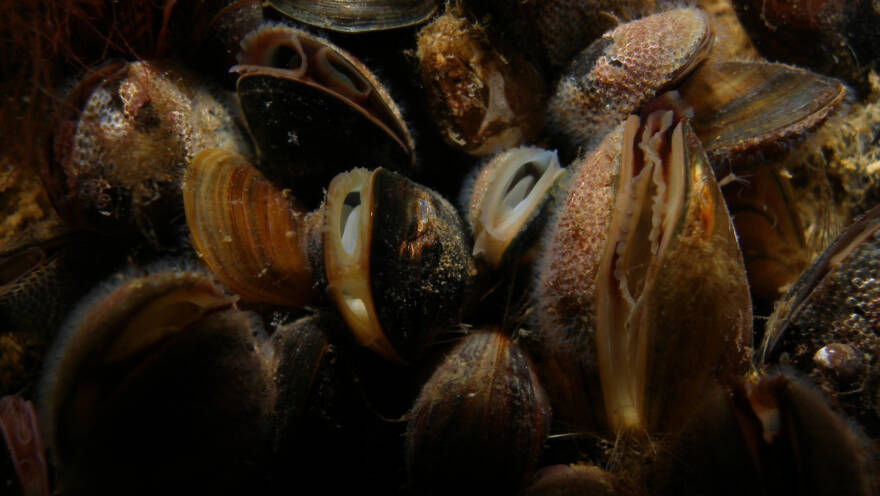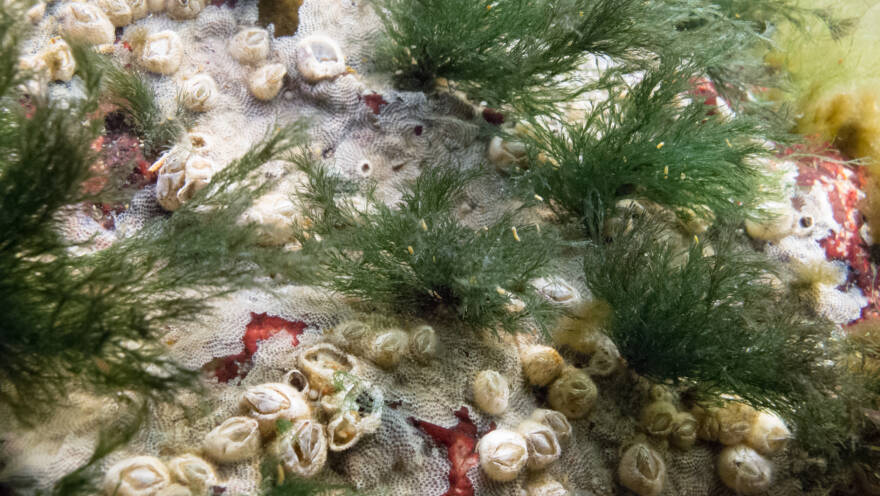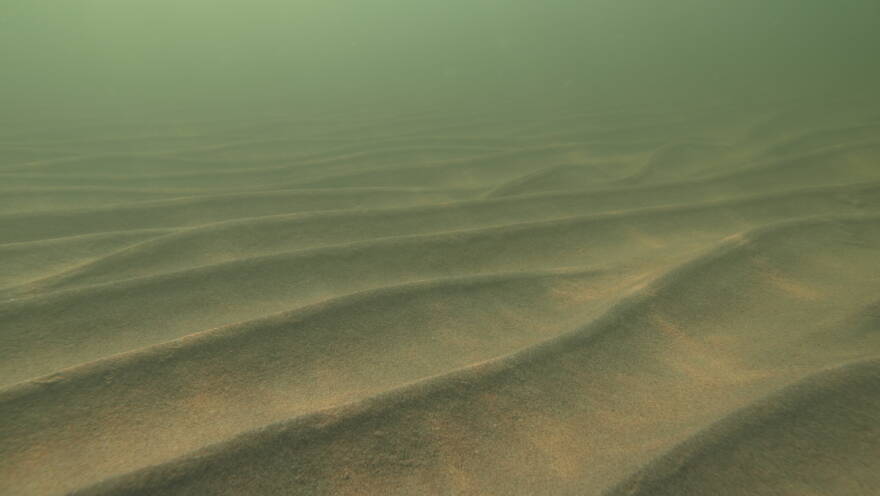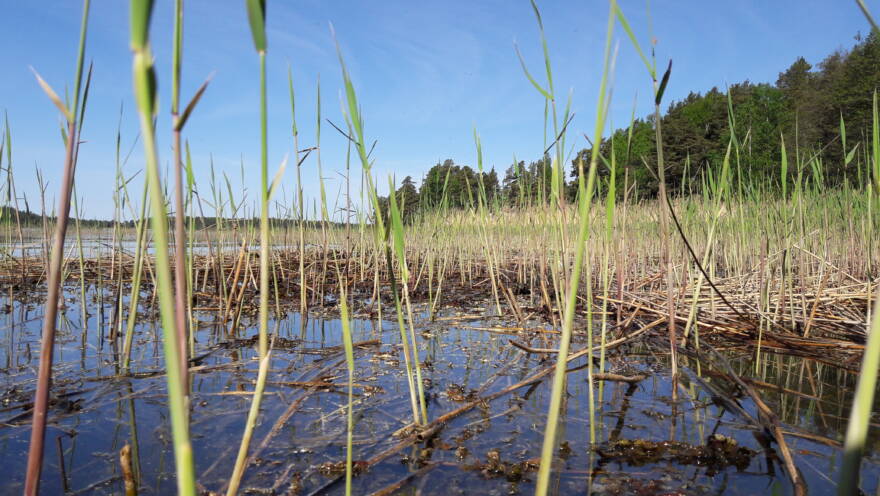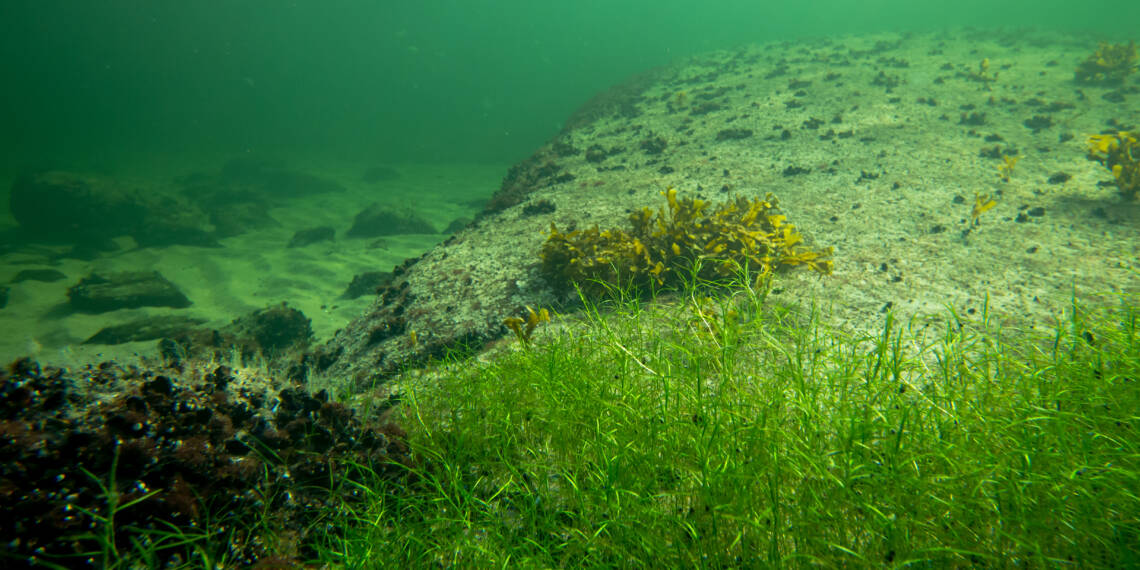
The habitats of the Baltic Sea teem with life
Take a peek under the surface! The sand dancing in the swirling water looks deserted. By a big rock, the flash of a fish’s fin may be glimpsed, but deeper it is already so dark that the large isopod crustacean creeping along the bottom cannot be seen with the naked eye. There are a huge number of different habitats in the Baltic Sea that are buzzing with life.
Nature as an entity is easier to research and understand when it is divided into smaller parts. The different habitats on land are rather well-known by now, for example, the forests that can be subdivided into boreal, temperate broadleaf and mixed forest based on the types of trees that grow in the area. The same applies to fields, meadows and even rocky areas covered with lichen.
Correspondingly, there are many types of habitats and landscapes underwater as well. On the coast of Finland, the variations in depth, salinity, seafloor geography and types of substrate create a multitude of different habitats, where biotopes with different species alternate.
A biotope is a habitat with uniform environmental conditions and specific species
The biotopes in the Baltic Sea are classified according to HELCOM’s HUB classification system (Helcom Underwater Biotope and Habitat Classification System), which first classifies habitats according to availability of light, and then according to substrate type and whether there is any vegetation present, and finally, according to the dominant species of the biotope.
Using the HUB system, researchers can estimate the amount and quality of bladder wrack communities living on hard rocky areas on the seafloor with a lot of light, for example. In the fragmented world underwater, environmental conditions can change quickly, so a bladder wrack community can co-exist with another bladder wrack community, or even on the same area as a community of filamentous alga or red alga, or a community of blue mussels.

All biotopes have a specific assemblage of species, and interaction between the species creates the habitat in combination with the environmental conditions. The bladder wrack attaches to rocky surfaces and uses nutrients in the water to grow. The organic matter on the surface of each individual bladder wrack is consumed by the benthos sheltered by the bladder wrack. The benthos is then eaten by larger predators, such as fish. The top of the food chain is occupied by humans and sea mammals, who use the fish for nutrition.
Each biotope has a unique food web that plays a part in maintaining the Baltic Sea and its biodiversity.
Habitats in the Habitats Directive
The European Union’s Habitats Directive protects certain habitats that the European community considers important. The directive primarily includes habitats that have a very small natural range or are in danger of disappearing from the EU.
The habitats in the directive are defined on geological, landscape and botanical grounds. They are large entities that include a wide range of living organisms – or Habitats in the scientific sense of the word. The habitats in the directive can therefore be understood as kind of communities for living organisms with their own characteristics.
The Habitats Directive lists a total of almost 200 habitats. Seven of them are marine habitat types that occur in Finnish waters:
- reefs
- sandbanks
- large shallow inlets and bays
- estuaries
- coastal lagoons
- boreal Baltic narrow inlets
- undearwater parts of Baltic esker islands
The Habitats Directive obliges member states to bring these habitats to a favourable conservation status or to maintain them at a favourable level. In practice, this means that the occurrence of these habitat types and their characteristic species must not decrease. Member states must also ensure that the habitats are preserved in the future.


